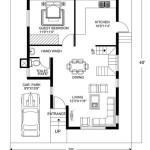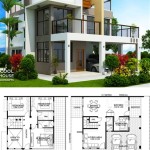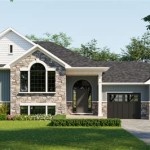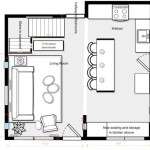Container Cottage Plans: Essential Considerations for a Sustainable and Affordable Home
In the realm of sustainable and affordable housing, container cottage plans have emerged as an innovative solution. These unique homes utilize repurposed shipping containers, offering a practical and versatile foundation for creating cozy and eco-conscious dwellings.
Embarking on a container cottage project requires careful planning and consideration of various essential aspects. By delving into these key elements, home enthusiasts can ensure the successful execution of their dream container cottage.
1. Site Selection and Preparation
Choosing the perfect location for your container cottage is crucial. Consider factors such as access to utilities, zoning regulations, and the availability of level ground. Proper site preparation, including clearing the land, leveling the foundation, and installing drainage systems, is also essential.
2. Container Selection and Modification
The selection of shipping containers is a critical decision. Inspect containers thoroughly for any damage and ensure they are structurally sound. Modifications, such as cutting openings for windows and doors, adding insulation, and installing electrical and plumbing systems, are necessary to transform the container into a comfortable living space.
3. Design and Layout
Container cottage plans should optimize space utilization and functionality. Consider the arrangement of rooms, placement of appliances and furniture, and natural light sources. Flexible floor plans allow for customization and cater to specific lifestyle needs.
4. Insulation and Energy Efficiency
Insulating your container cottage is essential for maintaining a comfortable interior temperature year-round. Utilize high-quality insulation materials in walls, ceilings, and floors. Additionally, incorporate energy-efficient appliances, lighting fixtures, and windows to reduce utility costs.
5. Ventilation and Moisture Control
Proper ventilation is crucial for air quality and moisture control. Install ventilation systems, such as fans and vents, to circulate air and prevent condensation. Regular maintenance and cleaning of gutters and downspouts are also essential to prevent moisture buildup.
6. Exterior Finishes and Aesthetics
The exterior of your container cottage can be customized with various finishes, such as paint, cladding, or stucco. These finishes not only enhance the aesthetic appeal but also provide additional weather protection. Choose materials that complement the surrounding environment and reflect your personal style.
7. Building Codes and Permits
Familiarize yourself with local building codes and obtain necessary permits before commencing construction. Ensure your container cottage meets all safety and structural requirements. Hiring a qualified contractor can assist in navigating these regulations and ensuring compliance.
In conclusion, container cottage plans offer a sustainable and affordable solution for creating unique and cozy homes. By carefully considering the essential aspects outlined above, you can embark on a successful container cottage project, transforming a repurposed shipping container into a comfortable and eco-conscious dwelling.

9 Container Home Floor Plans That Maximize Space House

Container Home Plans Blueprints Housing

Container Home 6 Floorplan Design Plans House

20 Foot Container Home Floor Plans

Container Home Floor Plans Types Examples Considerations Cedreo

Container Home Plans Cmg Containers

8x20 Container Floor Plans House Building A Home

2 Bedroom Container House Plans Home Adu Accessory Dwelling Unit

Container Home Plans Blueprints Housing

Affordable Housing Container Home Plans








